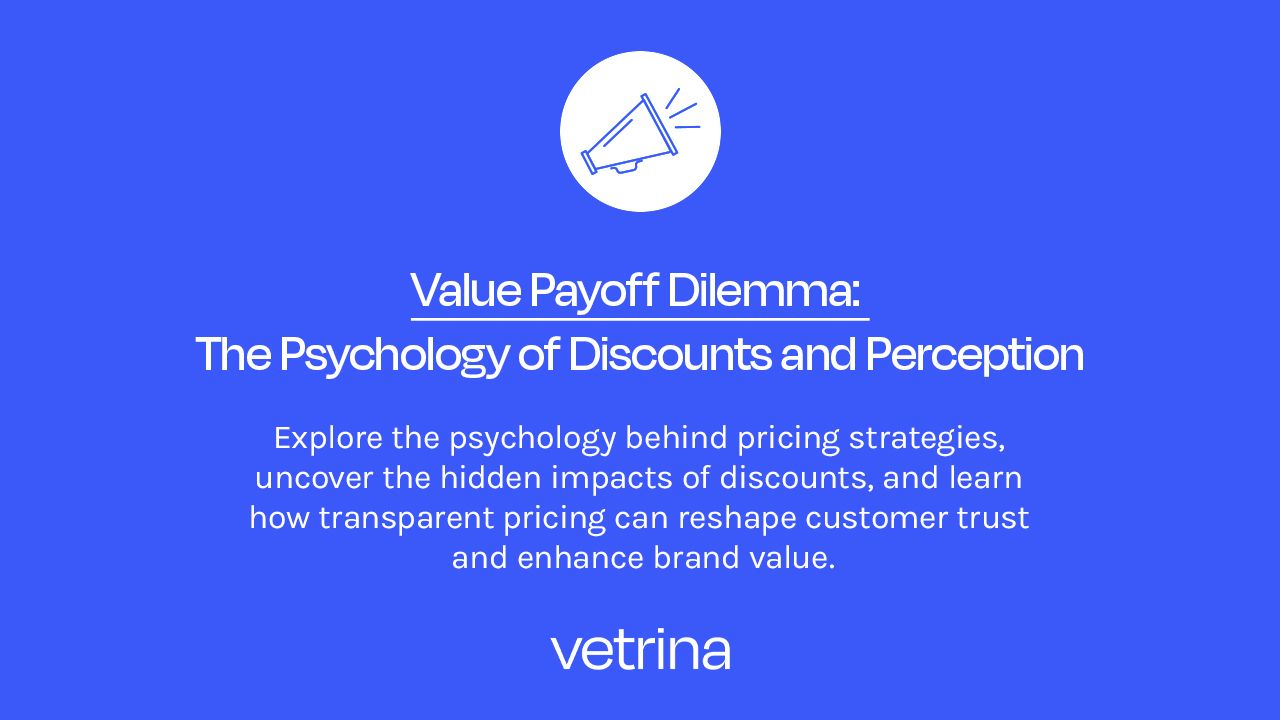
Value Payoff Dilemma: The Psychology of Discounts and Perception
Aug 14, 2023In an attempt to be competitive, it can be easy to default to discounts. But the reality of it is, discounting can have a negative side and results you may not know about. Yes, it can attract customers and boost traffic to your store. But it can also sometimes make people doubt the value of your products, and their quality, and may even harm your brand’s reputation.
In this blog, we’re delving into the psychology behind discounts, the importance of being transparent with pricing, and how both retailers and brands can use strategic discounts to supercharge their profits.
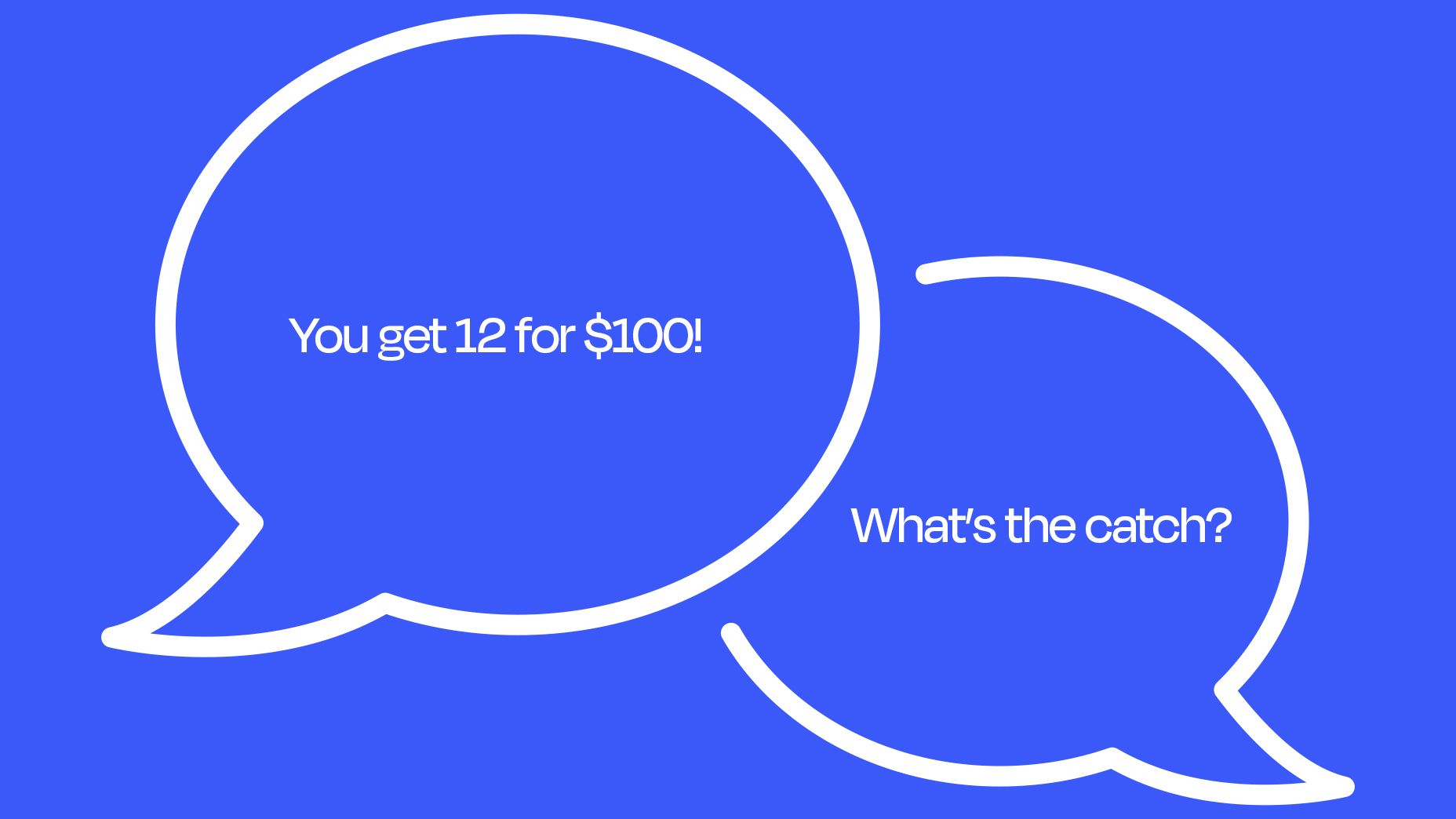
The Value Payoff
As consumers, we are always on the lookout for the “catch” when something seems too good to be true. That’s where the “value payoff” principle comes into play. Customers start questioning the authenticity of an offer that appears too affordable or discounted. For cannabis retailers, selling products at the cheapest prices without being upfront about the reasons may lead to customer skepticism.
You have likely felt this yourself. Imagine you are browsing an online menu and you come across a bundle of vape cartridges, let's say 12 for $100. Your first reaction could be that it is extremely affordable, in fact, almost unbelievable. This quickly leads to you not believing the price, feeling skepticism, and questioning the validity of the offer. You wonder, “What is the catch?”
This is why retailers must be transparent about what has been cut to offer a lower price. Your potential customers want to know how you could possibly be offering such a deal. Looking at our vape cart example, you can highlight how, through using limited packaging and bundling, the product can be listed at a lower price while maintaining great product quality. By doing this, you are giving them the answer they seek and reinforcing the notion that the value of the cart is not compromised.
Transparent Pricing and Communication
When prices feel "too good to be true," customers can start to fear that corners are being cut, which could compromise the quality or convenience of the product or sale.
By focusing on transparency you are avoiding damaging the perceived value of your products, customers need to know what trade-offs are involved when prices are lowered.
It removes the potential fear that cutting corners may compromise quality or convenience. It's a value payoff that enhances customer trust and encourages them to purchase from you again. Whether it's a clearance sale or a limited-time offer, being open about why the discount is happening helps customers see it as an exceptional deal, not a permanent markdown. By doing this, retailers can maintain the integrity of their regular prices and avoid overusing discounts, which can make customers less willing to pay full price and harm how they see the brand.
Unlocking Intangible Value: A Case Study
Perception is everything. Don't believe us? Let's look at a well-known case study involving KFC's $1.00 French fries and how it demonstrates the power of psychology in unlocking the intangible value of a product without changing its price or features.
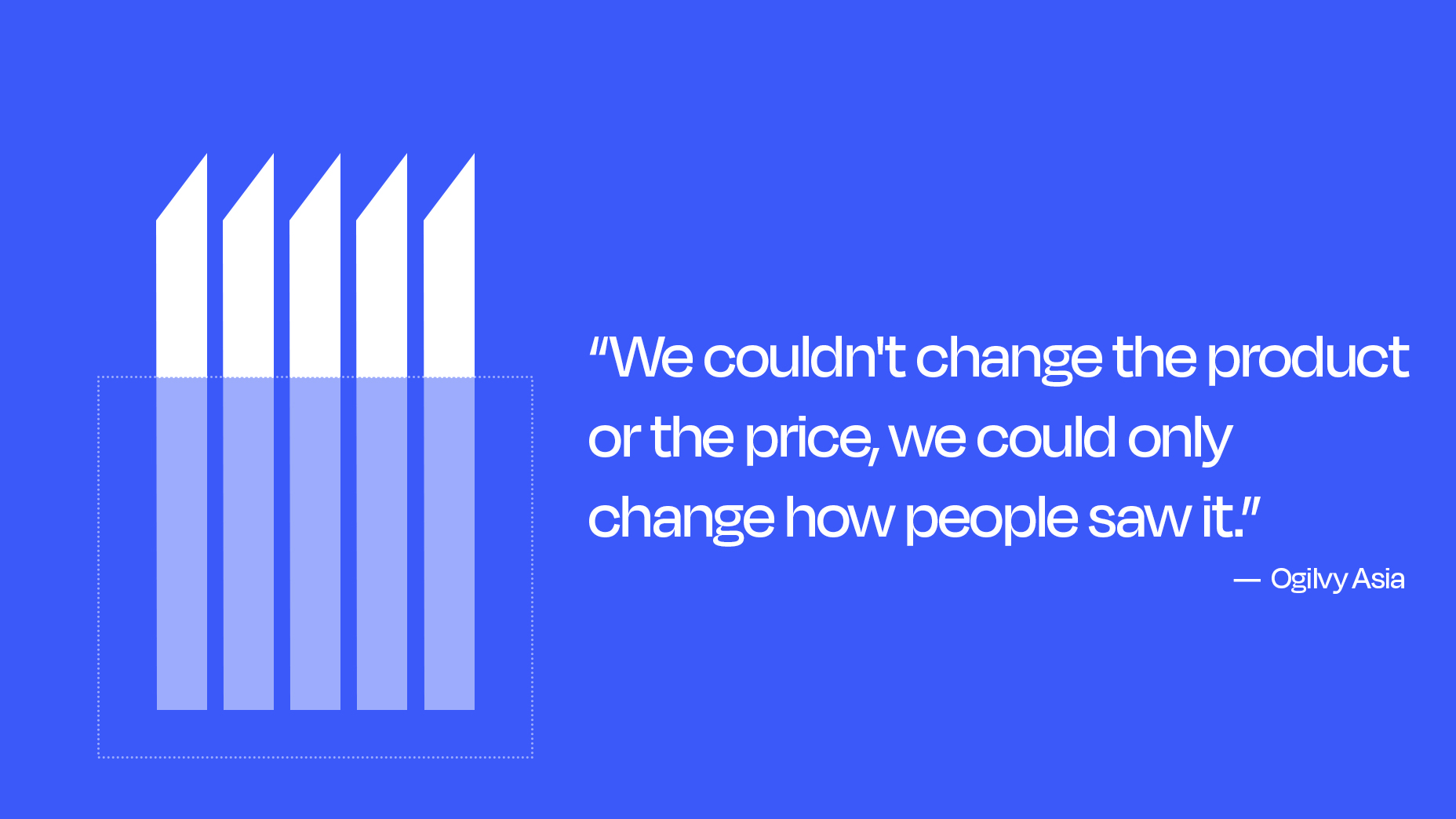
The goal was to increase the sell-through of French fries as part of a seasonal campaign, "But we couldn't change the product or the price, we could only change how people saw it." — Source: Ogilvy Asia
The team tested five core concepts, or messages, for the $1 fry that were grounded in 18 different principles from psychology relevant to the perception of value. These included well-known concepts such as scarcity, loss aversion, and social norming.
Scarcity plays on our fear of missing out; loss aversion makes us twice as motivated to avoid a loss as we are to receive a gain; and social norming leads us to believe that if everyone else is doing something, it must be valuable, so we follow suit.
However, the team also explored more subtle behavioural principles like the value payoff. So how does value payoff and French fries relate? Well, if you tell someone their fries are only a dollar, they may ask, "Are those real fries?" To counter this type of thinking, you would want to explain how the packaging is size is reduced, and perhaps this is a limited-time offer.
What worked for the value payoff messaging was "$1.00 French fries — pick up only."
The marketing team built in a limitation in the offer as a trade-off. Your customer is already looking for the reason or trade-off; you are simply telling them what it is.
You can also take a page out of Ryanair's marketing. They make it clear that they can offer lower prices because passengers are forgoing services, such as meals during the flight. This makes it clear to the consumer that the cost-saving is due to food and perks being taken out, versus essential aspects of the flight.
Strategic Pricing for Retailers
Instead of leaning on discounts habitually, retailers should use them strategically to influence customer behaviour. Volume or bundled discounts are great examples of this. Customers understand that buying more should mean getting a better deal, and they’re not likely to question it. This approach can allow retailers to maintain full pricing for other products while discounting selectively for specific goals.
🔗 Not sure if your discounting strategy is helping or hurting you? Learn more in our blog: Is Your Discounting Putting You in a Price Compression Trap?
Strategic Pricing for Brands
Brands can also get creative when it comes to discounts. Offering various pack sizes as a way to cater to different price ranges is one example. Brands can also team up with their retail partners to provide other motivators that don’t involve straight-up markdowns. That’s right, in the middle of our discount blog, we are telling you, it doesn’t have to always be about discounts!
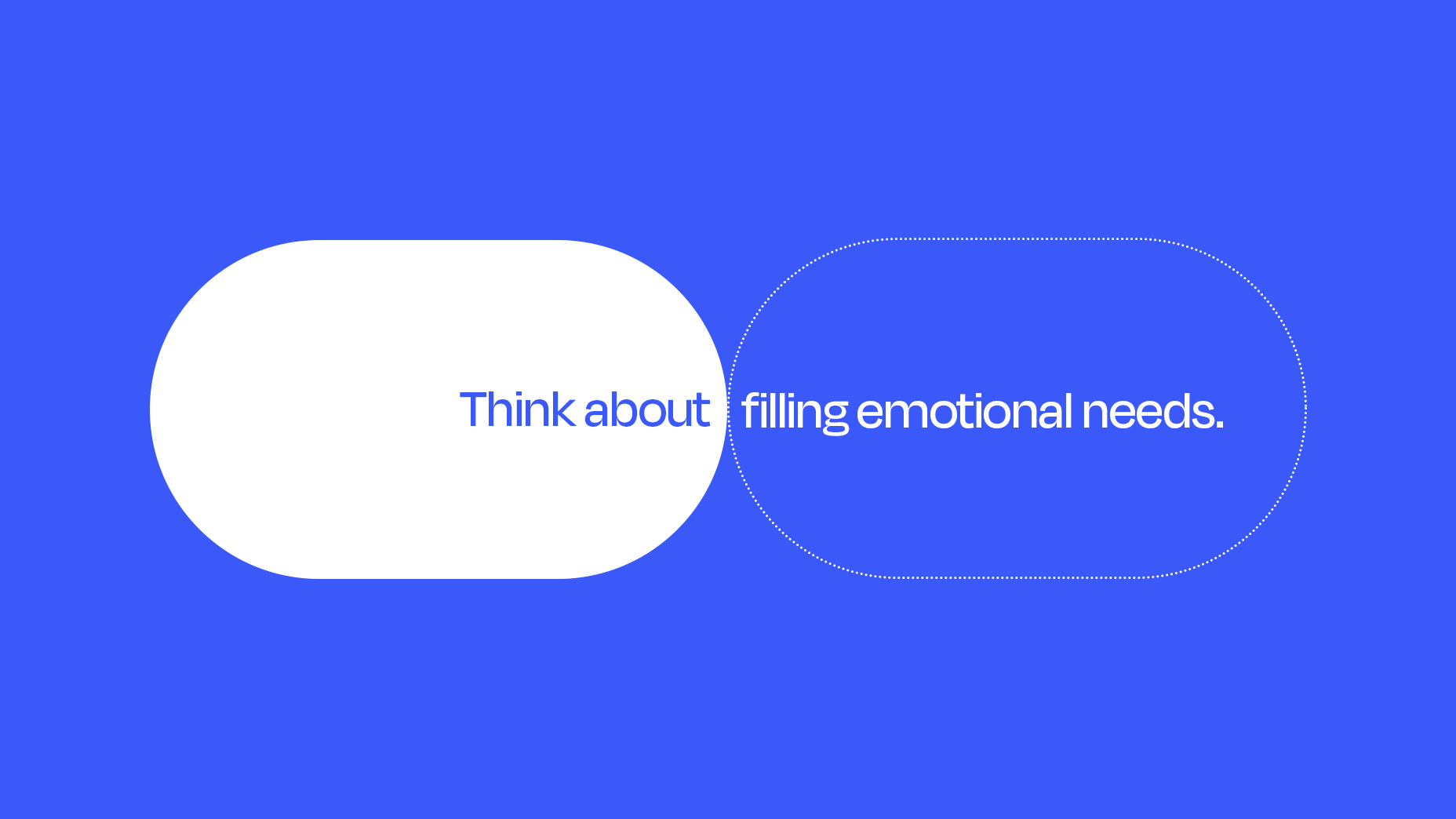
Think about filling emotional needs, showcasing status and prestige with exclusive strains, highlighting convenience, or creating a sense of scarcity with limited-time offers. These tactics can engage customers without taking away from the value of the product.
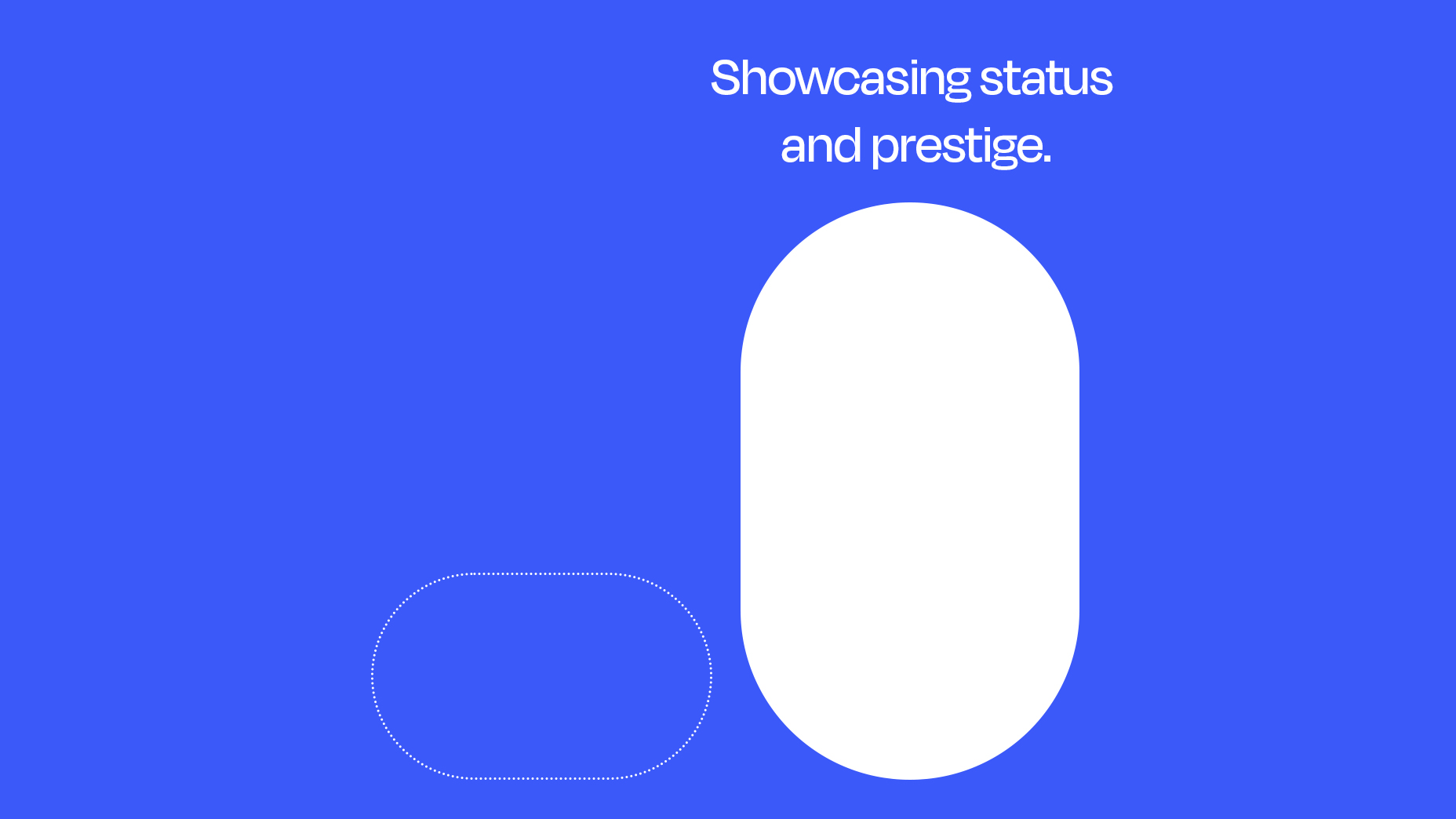
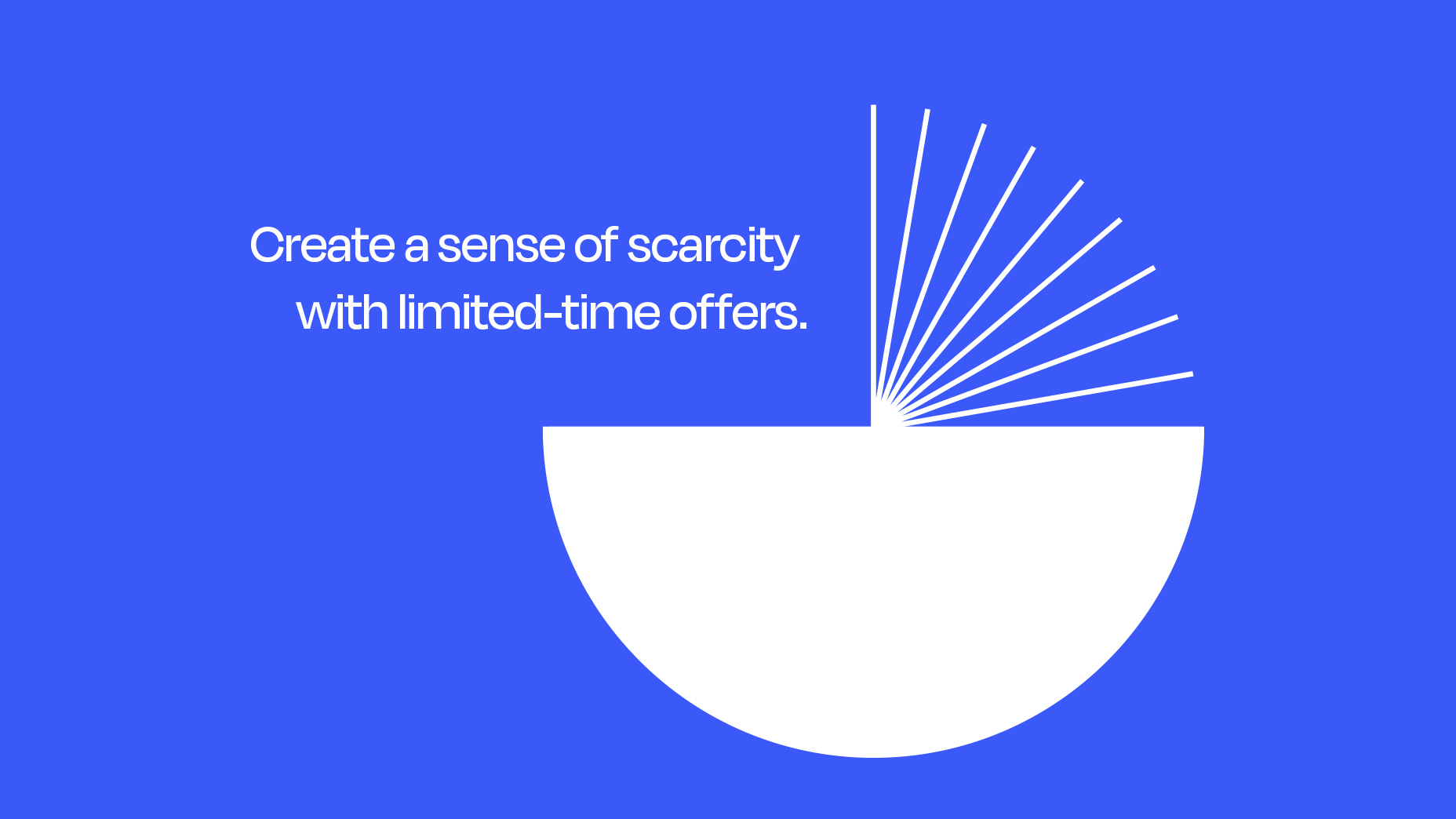
The Impact of Discounts and Customer Perception
If you are still not sold on easing back on discounting, buckle up.
Studies have shown that discounts can sometimes make people think the product is not as good as it was at full price. One example given was resort properties that found guests who knowingly bought at a deeply discounted rate gave more critical feedback. Those that gave positive reviews were the ones that paid full price.
Those that paid more expected a better experience and moulded their assessment to fit that expectation.
Both retailers and brands should be careful not to overdo discounts, as it can impact customer sentiment, and leave them expecting a worse product or experience. And let’s not forget, without a discount strategy you may also leave some feeling cheated if they recently paid full price for the same product.
Tips for Retailers and Brands
Retailers:
- Transparent Pricing: Always give a good reason for a discount. You need to communicate the trade-offs when offering lower price points. By illuminating where features or benefits have been cut and highlighting the essential elements of the product, businesses can reassure customers of the product's value and build trust.
- Layered Approach to Driving Traffic: Ensure that discounting isn’t your only way of modifying customer behaviour. Instead, adopt a layered approach to driving traffic to your stores. Periodically offer discounts strategically to achieve specific goals, while preserving full, fixed pricing for all other products.
- Consider Loss Leader Pricing: Discounts can be effective in driving new customers through the door. Consider targeting one product as a "loss leader" that's designed to drive traffic. By doing this, you isolate the potential damage that discounting may do to your overall price integrity. This strategy allows you to maintain regular prices for other products and services, avoiding constant discounting that can erode brand perception.
Brands:
- Offer Various Pack Sizes: Address the need to cater to customers with different price preferences by offering various pack sizes for your products. By providing options that come in under various price bands, you can appeal to a wider range of consumers while maintaining the perceived value of your products.
- Use Psychological Motivators: Work with your retailer partners to offer different psychological motivators that don't involve direct discounting. Consider filling emotional needs, such as creating a product line that's popular among peer groups or targeting status and prestige by offering exclusive strains. Additionally, emphasize convenience, perception of quality, or scarcity by introducing limited-time offers (LTOs).
- Give Retailers Lead-Time for Price Changes: To avoid aged inventory and long discount periods, give your retail partners advance notice when price changes are expected. By doing so, you help them plan their inventory and promotions more effectively, minimizing the impact of discounts on your brand's perceived value.
- Build Your Product and Brand's Value Statement: Dig into your unique selling proposition (USP) and build a positive influence, feedback, and trust factor around your products and brand. Cultivate a strong brand identity and value statement that resonates with consumers and makes retailers less inclined to discount your product lines. Focus on creating a customer-centric experience that emphasizes the value your products bring to the market.
Discounts can be your secret weapon in cannabis retail, but only if used wisely. By understanding the psychology of discounts and being transparent about pricing, retailers and brands can attract more customers and boost profits.
Discounts are also just one sliver of a successful retail strategy. Personalized experiences, great product knowledge, inventory management, and building customer relationships are just as important. The key is striking the balance and value.
If this blog has you reconsidering your next discount, be sure to sign up for our newsletter as we continue to share expert insights you can action.
Tactical insights to become
a Cannabis Retail Insider!
Access expert insights in one easy-to-digest
and follow-along newsletter.
We hate SPAM. We will never sell your information, for any reason.


